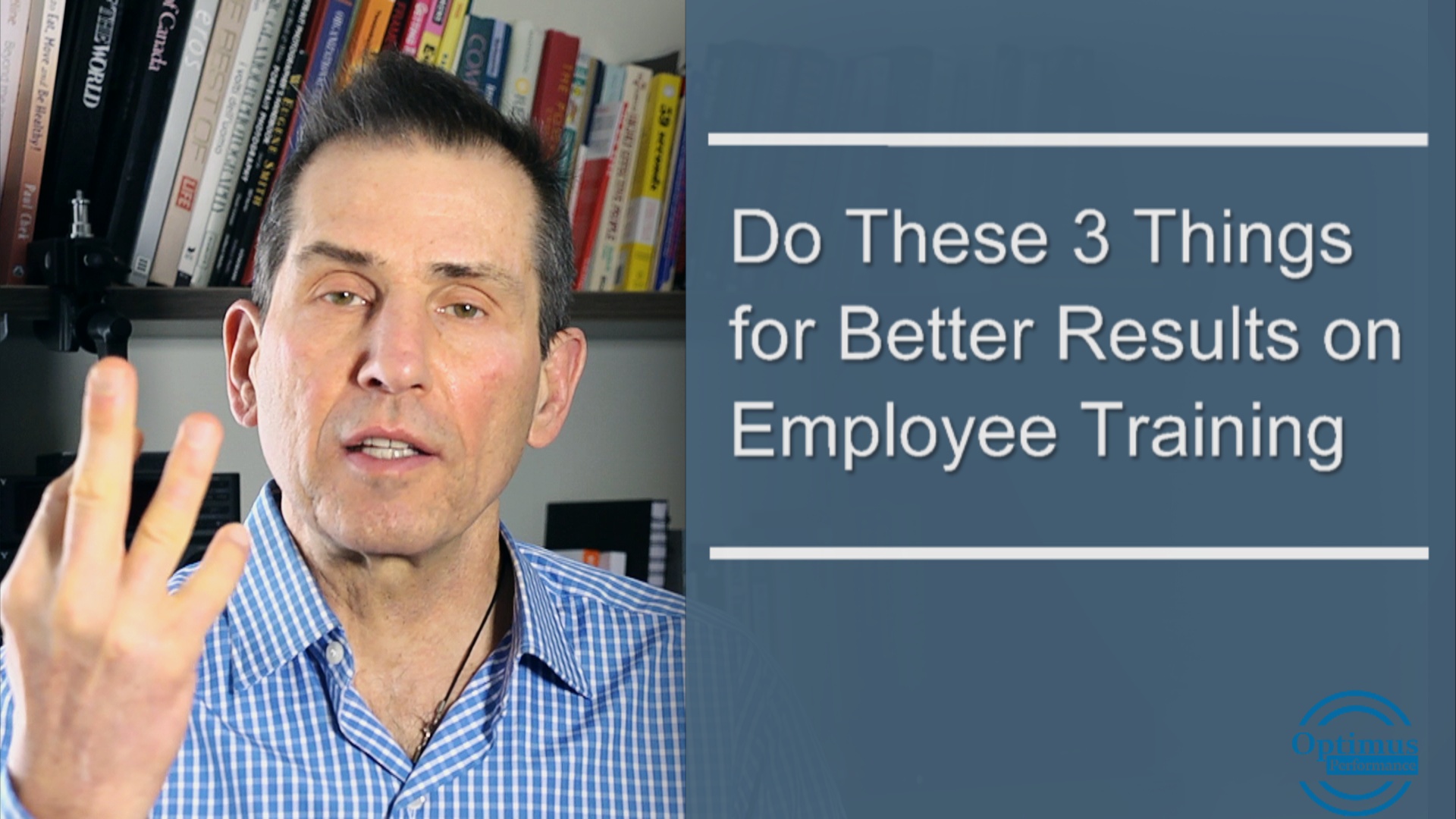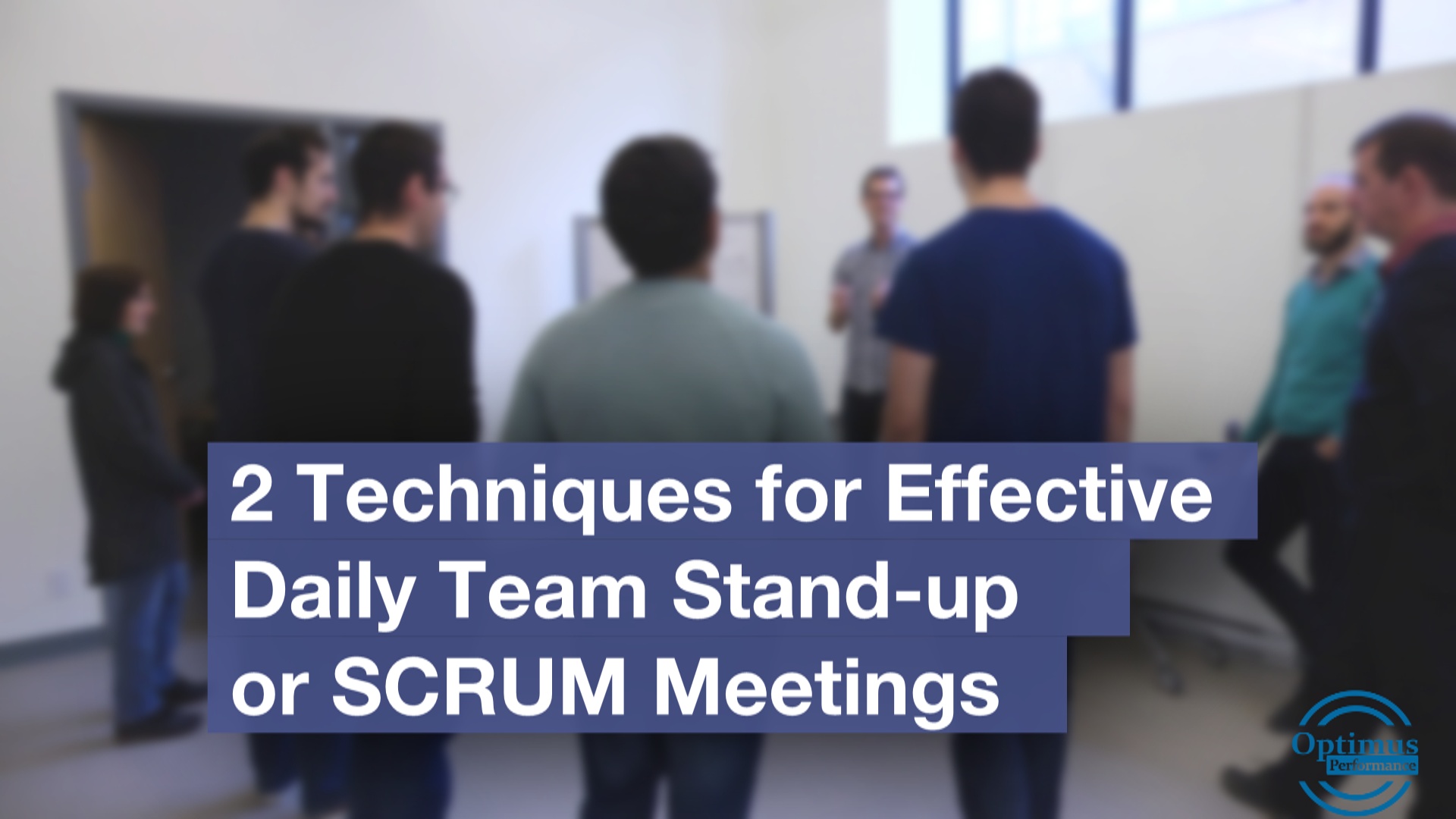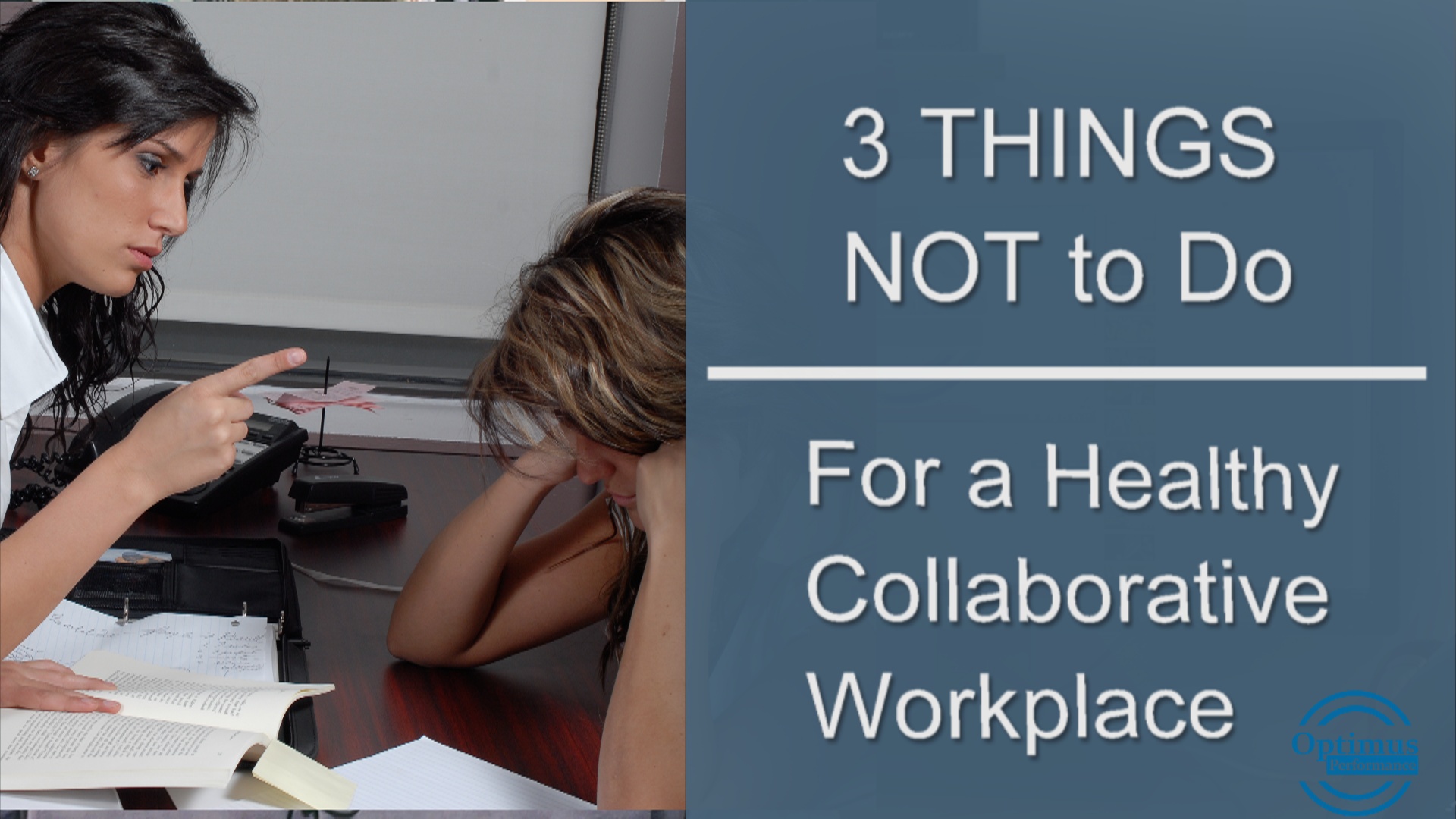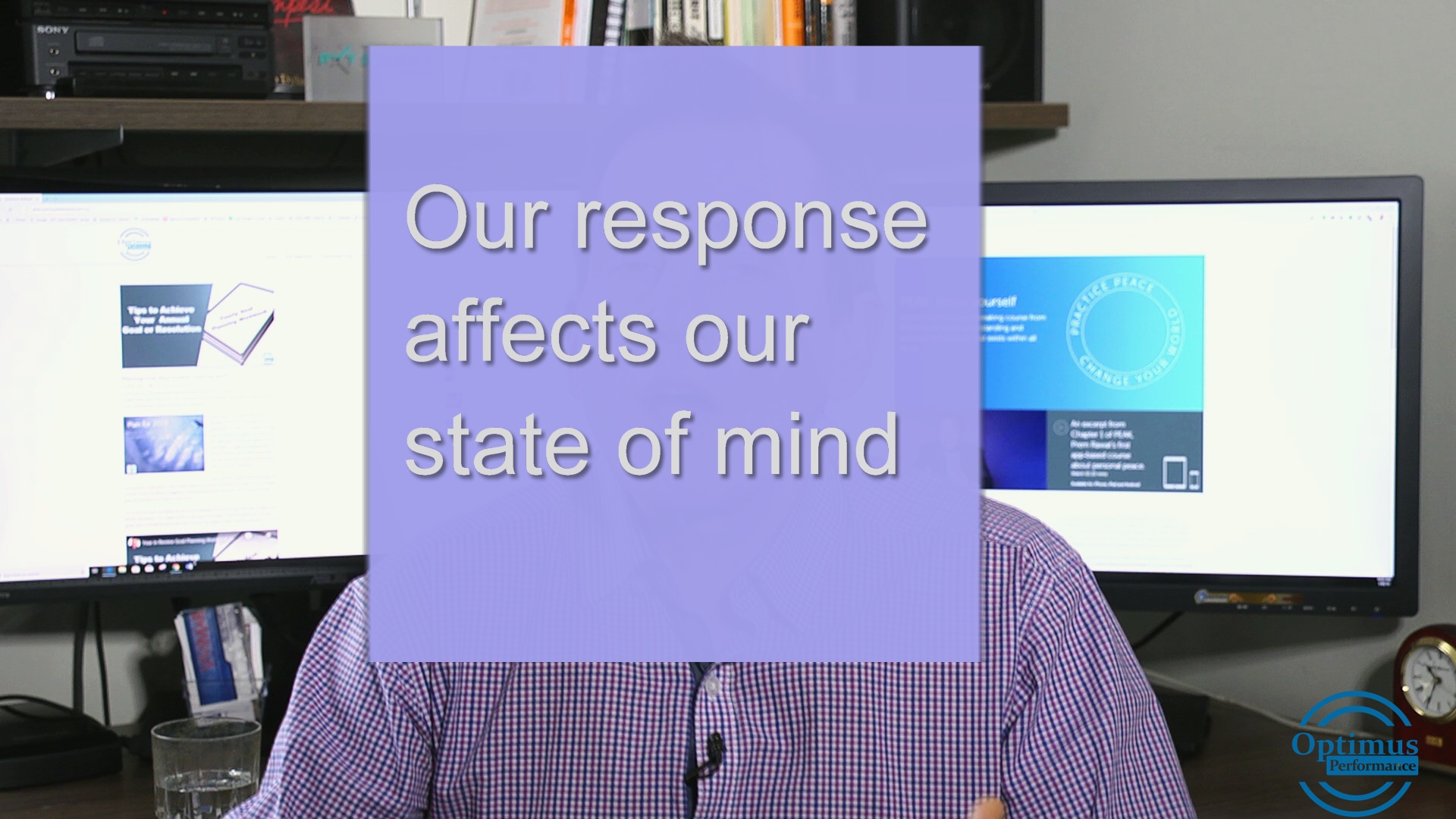To improve employee training and development there are three things you need to do. This will make sure you achieve the desired results from the training program. This works for any type of training.
- Set Goals with the Employees Taking the Training
Meet with the employees before the training to discuss the purpose of the training and where they can benefit the most. Relate the skills they will learn to the job. Discuss how the skills will help them be more effective and how it will help you and the organization.
Using the example of management or leadership training, here is a sample list of skills that can be used. Discuss the strengths and weaknesses of the employee for each skill and narrow it down to three to five goals for the training program. This can be done in a group but preferably one on one.
- Delegation
- Training
- Coaching
- Scheduling
- Planning
- Listening
- Give feedback
- Meet with Trainees at Midpoint of Training
Meet with the employee at the midpoint of the training to discuss how it is going and address any concerns. If the employee is having trouble learning workout a solution. This can be challenging if the training is over a course of a day or less, but a phone call can be a solution.
- Measure Results with Follow-up
Schedule follow-up sessions and measure the results of the training. Is the employee now able to apply what they have learned in the training? The follow-up should be done within thirty days of the training and then schedule another follow-up noting any actions required by the employee or by you to provide further support.
Employee training is a crucial component in employee and organizational development and when executed properly great gains can be made in performance.
Follow these three steps when planning your next employee or management training and you should see a noted improvement in results.




